Archives
- 2018-07
- 2019-08
- 2019-09
- 2019-10
- 2019-11
- 2019-12
- 2020-01
- 2020-02
- 2020-03
- 2020-04
- 2020-05
- 2020-06
- 2020-07
- 2020-08
- 2020-09
- 2020-10
- 2020-11
- 2020-12
- 2021-01
- 2021-02
- 2021-03
- 2021-04
- 2021-05
- 2021-06
- 2021-07
- 2021-08
- 2021-09
- 2021-10
- 2021-11
- 2021-12
- 2022-01
- 2022-02
- 2022-03
- 2022-04
- 2022-05
- 2022-06
- 2022-07
- 2022-08
- 2022-09
- 2022-10
- 2022-11
- 2022-12
- 2023-01
- 2023-02
- 2023-03
- 2023-04
- 2023-05
- 2023-06
- 2023-08
- 2023-09
- 2023-10
- 2023-11
- 2023-12
- 2024-01
- 2024-02
- 2024-03
- 2024-04
- 2024-05
- 2024-06
- 2024-07
- 2024-08
- 2024-09
- 2024-10
- 2024-11
- 2024-12
- 2025-01
- 2025-02
- 2025-03
-
PHA 543613 hydrochloride GSTP c C T SNP was
2022-09-20
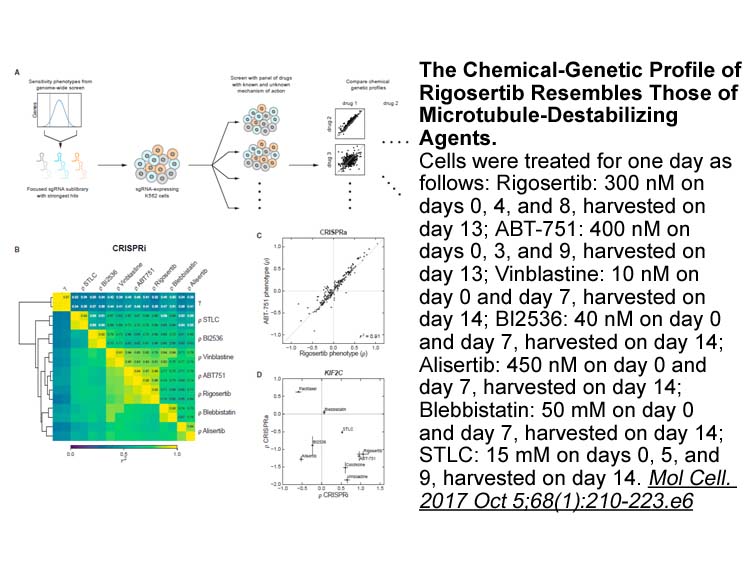
GSTP1 c.341C > T SNP was genotyped in 90 patients tumor and 180 normal healthy individuals. The profile of GSTP1 c.341C > T PHA 543613 hydrochloride and genotypes is shown in Table 2. The profile of the genotypes was in agreement with Hardy-Weinberg equilibrium (χ2 = 2.11). Minor allele frequency (3
-
br Acknowledgements This work was supported
2022-09-20
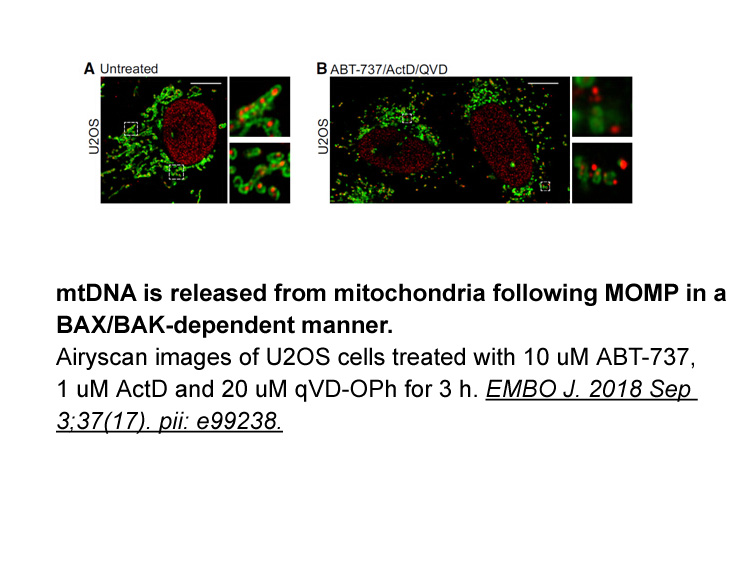
Acknowledgements This work was supported by a grant from the BBSRC (BB/D011809/1) to GJL and The Royal Society to SHS (Uf090321). SIM and AH were the recipients of scholarships from HEC Pakistan. Introduction Iron (Fe) is the fourth most abundant element in the earth’s crust. However, Fe is o
-
Prote synthesis br GSK The GSK family is highly conserved th
2022-09-20
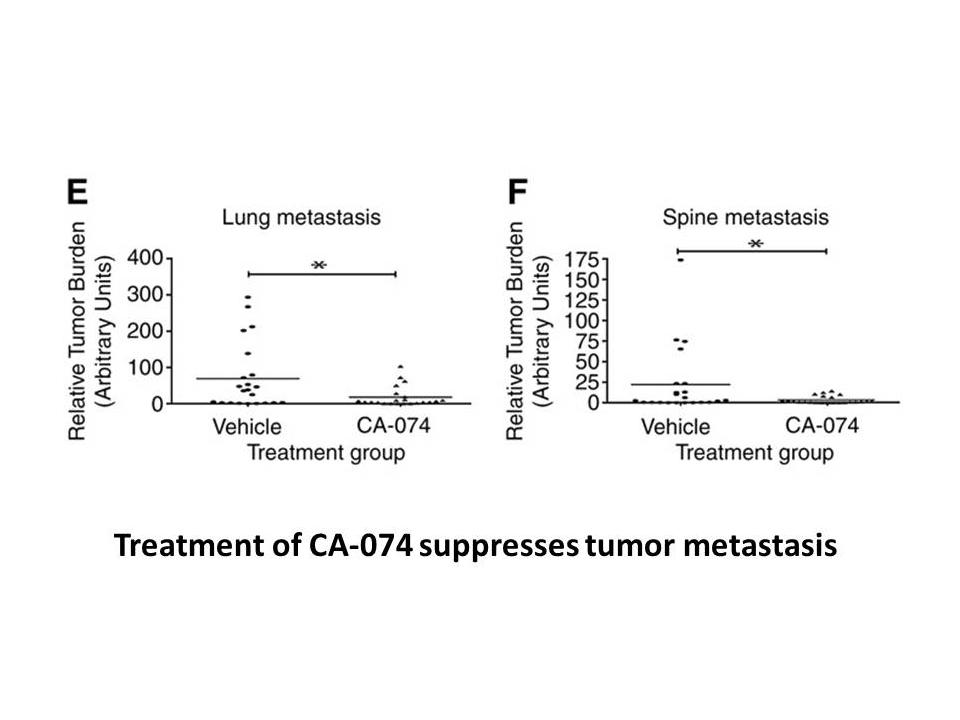
GSK-3 The GSK-3 family is highly conserved throughout evolution and is encoded by two genes, GSK-3α and GSK-3β, which are located in chromosomes 19q13.2 and 3q13.3 in human, respectively. Both GSK-3α and GSK-3β proteins exist in a variety of tissues with the highest levels found in Prote synthesi
-
br Materials and methods br Results
2022-09-20
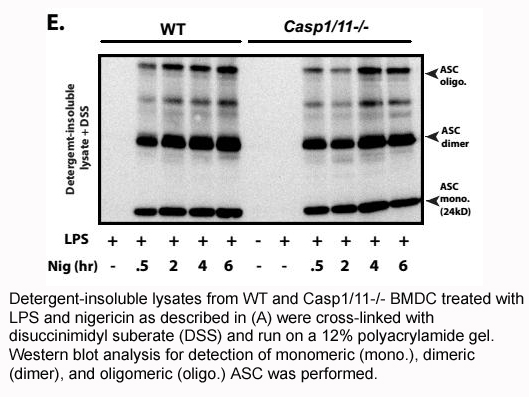
Materials and methods Results Discussion In this report, we have analyzed the function of an orphan GPCR, and GPR84, using genetically-deficient mice. The expression of GPR84 in the T and Disuflo Cy3 azide in the spleen prompted us to examine the functional responses of these cells under in
-
The recently de orphaned G protein coupled
2022-09-20
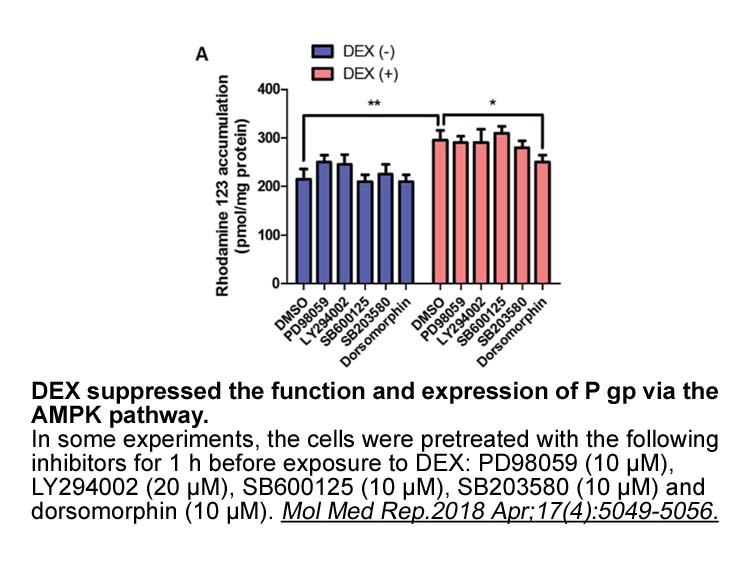
The recently de-orphaned G-protein coupled receptor (GPCR), GPR55, is activated endogenously by L-α-lysophosphatidylinositol (LPI), a lipid signaling molecule, as well as N-arachidonoyl glycine (NAGly) and numerous endo, phyto, and synthetic cannabinoids (Oka et al., 2007, Henstridge et al., 2010, H
-
br Animal models of NASH The
2022-09-20
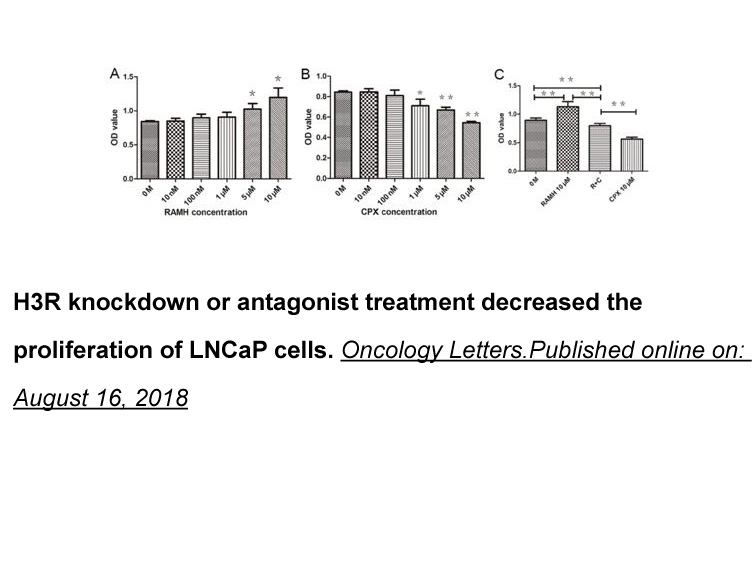
Animal models of NASH The human NAS system (see above) is largely reproducible in NAFLD mouse models [37] and, therefore, has been increasingly applied in the preclinical assessment of liver histological responses to test compounds. In general, the NAS system is well suited for this purpose, alth
-
Accumulating studies revealed a decline of TET expression in
2022-09-19

Accumulating studies revealed a decline of TET1 expression in various cancers including breast, liver, colon, skin, prostate cancers [[36], [37], [38]]. Contrast to these studies, our previous research shows that TET1 is overexpressed in EC and improves the efficacy of chemotherapy in EC, coincide w
-
br Materials and methods br Results
2022-09-19
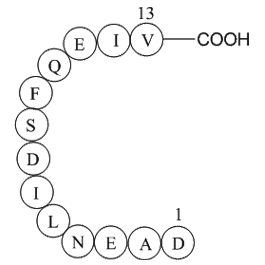
Materials and methods Results Discussion The redox domain that spans the region between amino buy ink positions 35 and 127 of the major human AP endonuclease, APE1, regulates the sequence-specific DNA binding of various transcription factors [[52], [85]]. The existent crystal structures of
-
In the present study Trichoderma
2022-09-17
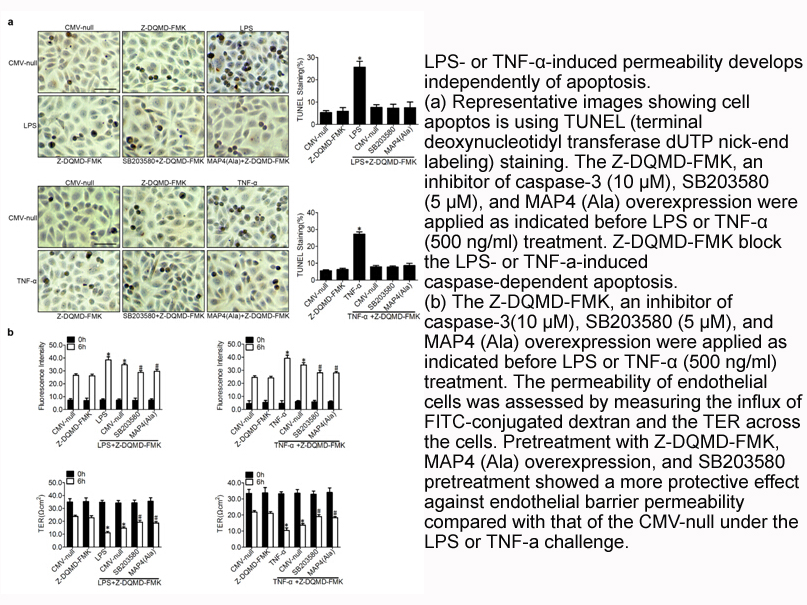
In the present study, Trichoderma viride β-glucosidase was screened in our laboratory and used for the synthesis of gentiooligosaccharides via reverse hydrolysis and transglycosylation. Material and methods Results and discussion Conclusions In the present study, the T. viride β-glucosidas
-
br GSMs Secretase cleavage of APP generates
2022-09-17
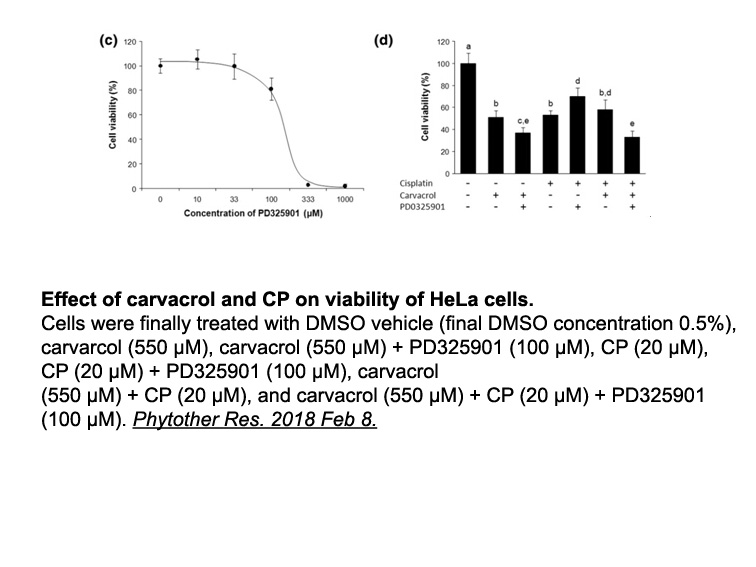
GSMs γ-Secretase cleavage of APP generates a number of Aβ peptides [32], [137]. In most cells Aβ1–37, 38, 39, and 42 are produced at low levels (typically each represents 5–20% of total Aβ detected) and the major species generated is Aβ1–40 (typically over 50% of total Aβ). Other Aβ peptides can
-
br The bile acid farnesoid X receptor FXR The
2022-09-17
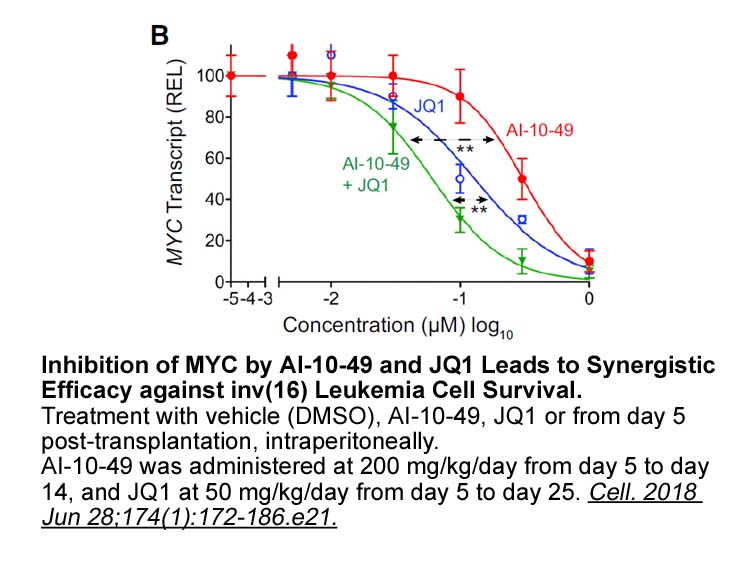
The “bile acid” farnesoid X receptor (FXR) The Farnesoid X Receptor (FXR) is a ligand-activated nuclear receptor belonging to the Nuclear Receptor superfamily of transcription factors exploiting various crucial functions in mammalian physiology, including reproduction, development and metabolism
-
Prednisone The first FPR ligand described is
2022-09-17
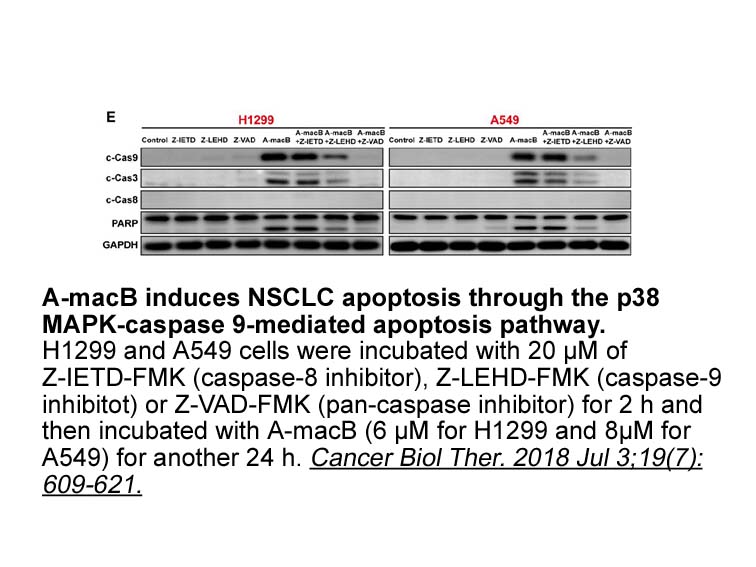
The first FPR1 ligand described is the fMLF peptide, which binds with high affinity (in the nM range) to and activates FPR1. Formylated peptides derived from Listeria monocytogenes also selectively activate FPR1 [10] (Table 1). Formylation of peptides also occurs in mitochondria. Thus, the release o
-
histamine-1 receptor antagonist Next we were interested in r
2022-09-17
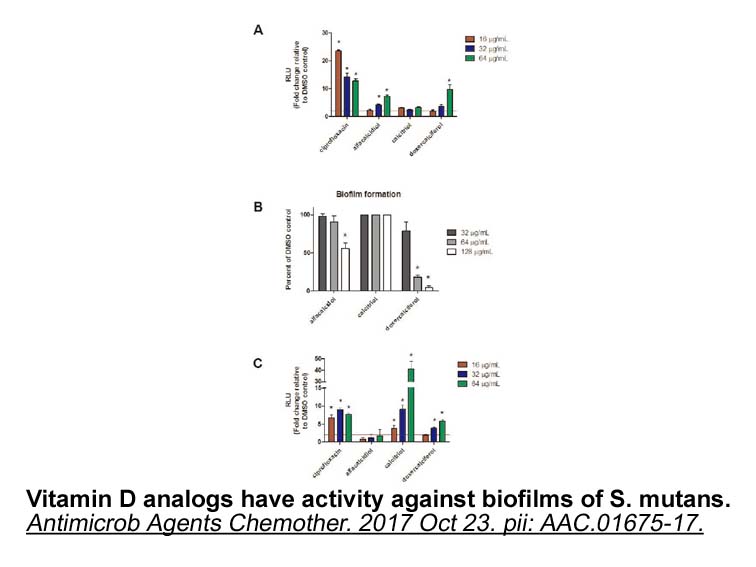
Next, we were interested in replacing the ketobenzimidazole fragment of our inhibitors with a noncarbonyl bearing heterocycle. We reasoned that if we could replace the carbonyl while maintaining comparable FAAH inhibition, it would provide evidence for a noncovalent mechanism of action. Thus, we eva
-
Macrophage populations are prominent in
2022-09-17
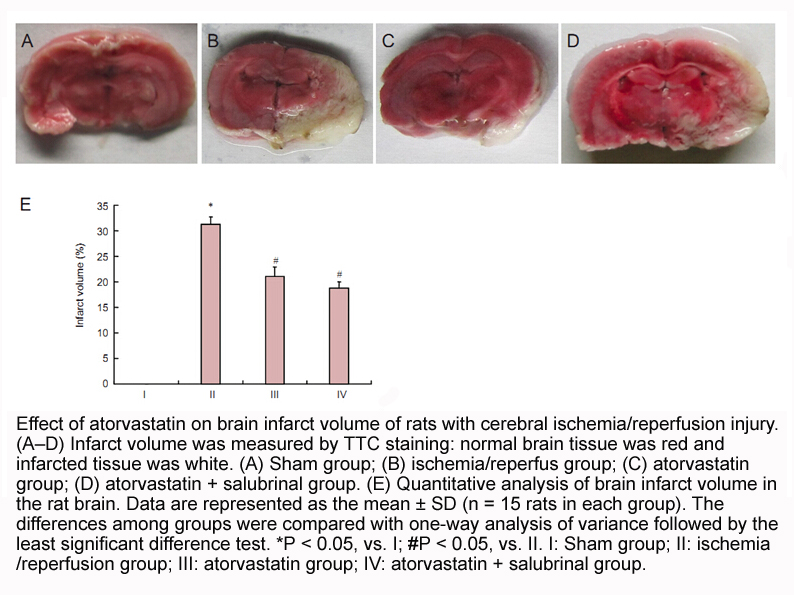
Macrophage populations are prominent in active IBD (Strober and James, 1986) as compared to healthy donors. Further, percentages of macrophages are increased in DSS-induced colitis (Grose et al., 2001, Ogawa et al., 2004). IBD is also linked to an influx of neutrophils and depletion of neutrophils b
-
In neurons and neuroendocrine cells
2022-09-17
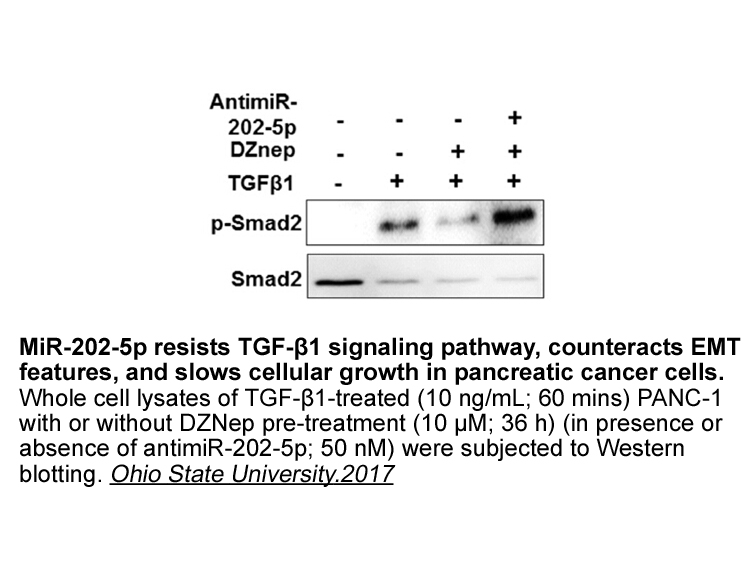
In neurons and neuroendocrine cells, the productive fusion pathway is thought to initiate with the Munc18-1/Syx1 complex (Ma et al., 2013, Hughson, 2013, Lai et al., 2017). The Munc13-1 MUN domain is able to catalyze opening of Syx1 (the transition from the Munc18-1/Syx1 complex to the SNARE complex
14532 records 362/969 page Previous Next First page 上5页 361362363364365 下5页 Last page